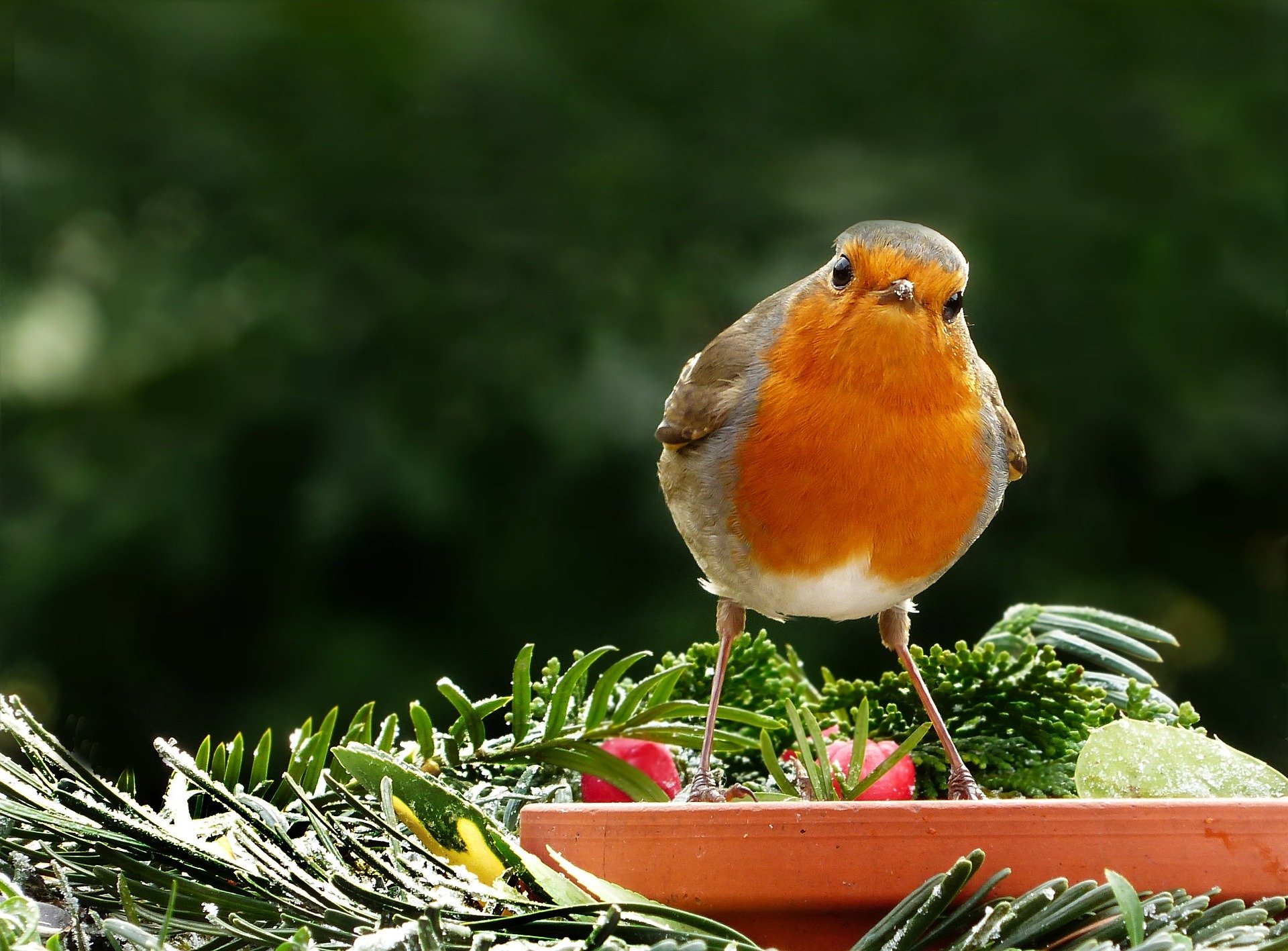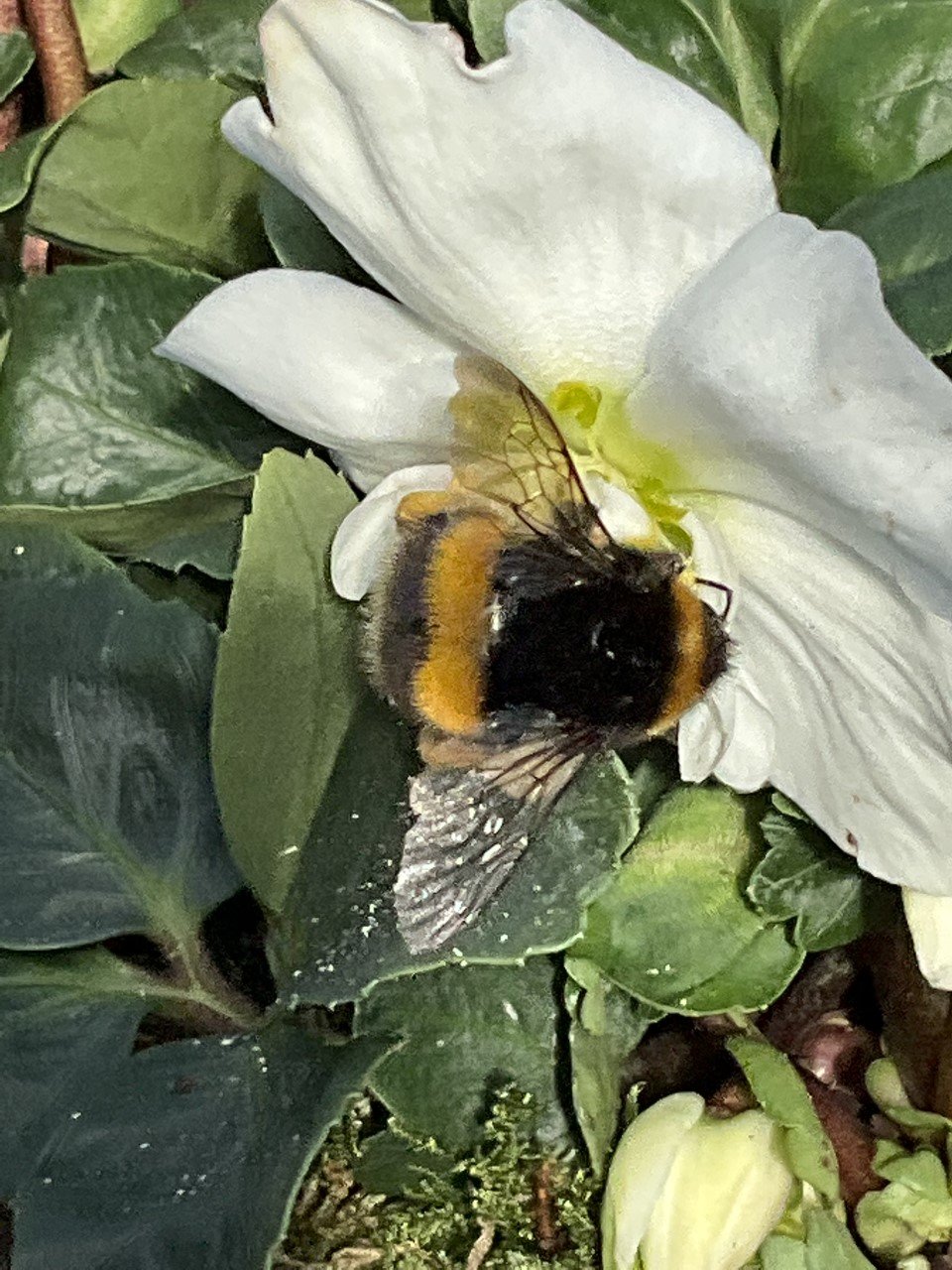December 2023
It’s all about birds and blooms!
We’ve had a few heavy frosts already. No doubt there’ll be many more to come and maybe a sprinkling or more of the white stuff awaits.
Now is the time to make sure that your garden wildlife is catered for.
With the ground rock solid and water sources frozen, anything that you can do to supplement their diet during the winter months will be a huge help.
Don’t forget that birds don’t store food or hibernate like many garden visitors. They require a regular supply of food to maintain their body weight.
Whether you have a garden, balcony or window box there are plenty of options available from free standing bird tables & feeding stations to suet coconut halves and fat balls. It’s worth mentioning that things like fat balls vary in quality and price depending on the fat content and type, or whether they are bulked out with less nutritious ingredients.
Any berrying or fruiting plants such as ivy, holly, crab apples, cotoneaster, yew or pyracantha are also invaluable to garden wildlife during winter.
Fantastic winter blooms
There’s a surprising number of winter flowering plants to be found in the garden at this time of year. It’s not just about evergreen foliage and striking stems (although these are also essential for winter garden structure).
Did you know that there’s a winter flowering Camellia? Camellia Yuletide bears large bright red flowers with contrasting yellow centres and flowers months before the more well known spring flowering varieties.
Hellebores (aka the Christmas Rose) are also available in shades of deep plum, pinks & creams through to the purest white. Their flowers are long lasting and can also be cut and floated in water bowls as elegant tablecentres.
Sarcococca (Sweet or Winter Box), may not have showy flowers but the scent will stop you in your tracks and have you searching around for the source! Great planted along pathways or near entrances..
Hamamelis (Witch Hazels) bloom on bare stems and their fragrant delicate flowers range from bright yellow to deep red/orange or bi-colour.
Winter Jasmine undoubtedly brightens up a dull winter day. Butter yellow flowers, again on bare stems, have a trailing habit.
Winter flowering plants are also a great source of nectar for pollinators when supplies are scarce.




